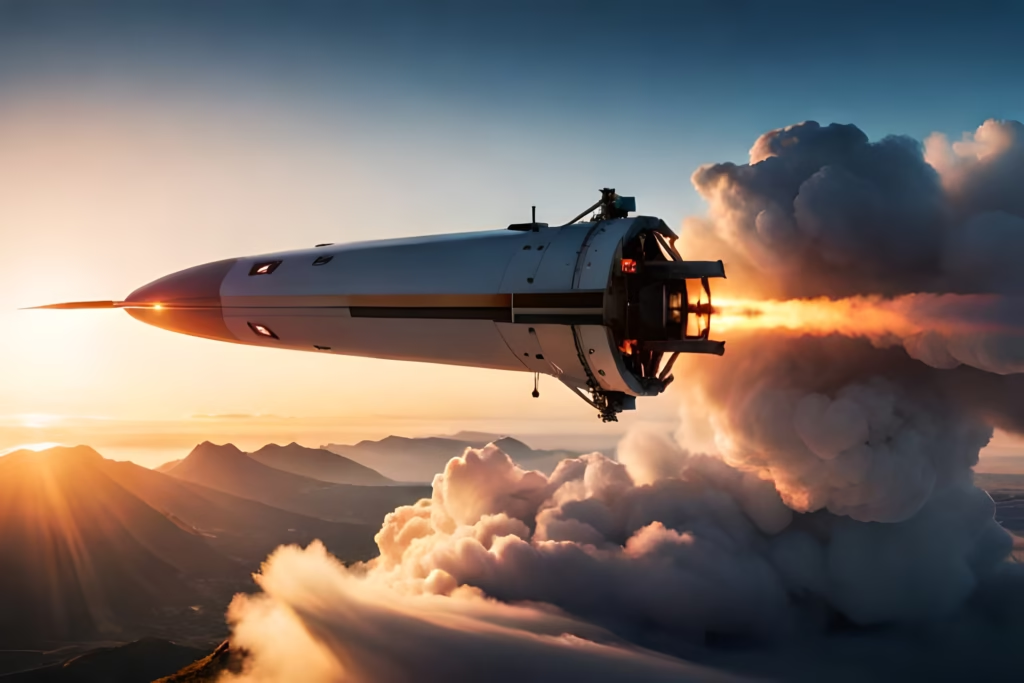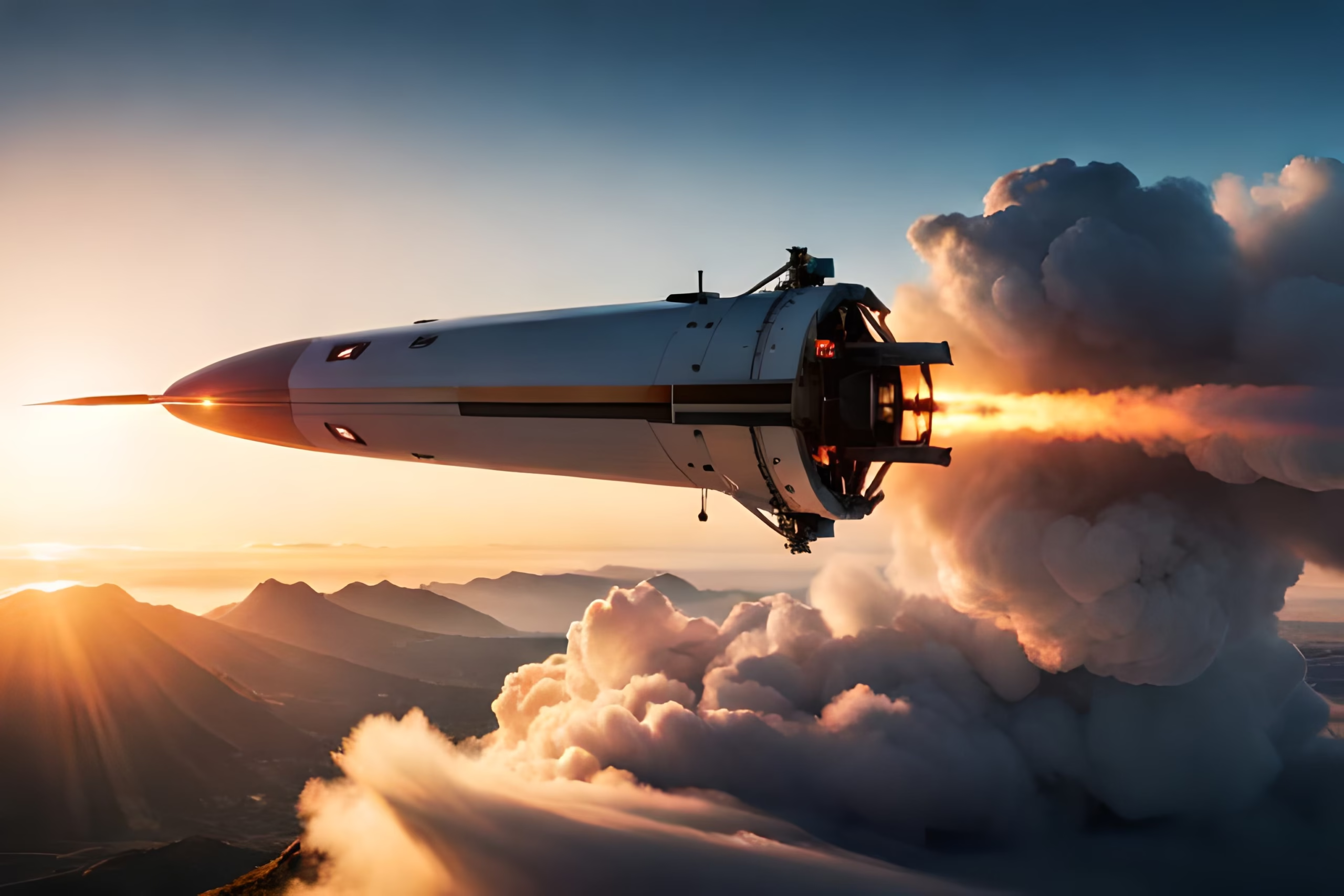SpaceX, founded by Elon Musk in 2002, has completely transformed the space industry. Traditionally, space travel has been an expensive venture, accessible only to a select few. However, SpaceX’s mission is to make space travel more affordable, sustainable, and, ultimately, accessible to all. By introducing reusable rocket technology, the company is changing the way we think about space exploration.
What Are SpaceX Reusable Rockets and Why Do They Matter?
Rockets, often pictured as powerful machines, are typically discarded after space missions. Traditionally, rockets are single-use, meaning that after a launch, they fall back to Earth and are never used again. However, SpaceX has introduced a revolutionary concept: reusable rockets.
The engineers design a reusable rocket to return to Earth after completing its mission and reuse it for future launches. This technology saves on rocket costs by eliminating the need for new rockets per launch, each of which can cost millions. By reusing rockets, Space Exploration Technologies Corp has been able to significantly lower the cost of space missions.
SpaceX Breakthrough in Rocket Reusability
In December 2015, Elon Musk’s Space Company achieved history by landing the first Falcon 9 rocket post-mission. Before this, rockets were discarded after every flight, making space exploration incredibly costly. With this achievement, Space Exploration Technologies Corp proved that reusing rockets wasn’t just a theory, it was possible and practical.
Since then, SpaceX has continued to build on this success. The company upgraded rockets for efficiency, quick refurbishment, and complex missions. The first successful landing was a milestone, leading to landing rockets on ocean drone ships.
The Cost-Effectiveness of SpaceX’s Reusable Rockets
The cost of space missions has always been a major hurdle. Building new rockets for each launch is expensive, not to mention the cost of research, development, and infrastructure. SpaceX’s reusable rockets change this financial equation. By refurbishing rockets rather than building new ones, the company significantly reduces costs. For example, the Falcon 9 can launch, land, and reuse multiple times, with only a fraction of the cost involved in building a new rocket each time.
This cost-effectiveness has opened up new doors. Elon Musk’s Space Company can offer launches at a much lower price, which makes space travel more affordable not just for governments but for private companies, research institutions, and even startups.
The Environmental Benefits of SpaceX’s Reusable Technology
Space travel has a reputation for being environmentally harmful due to the large amount of energy required to launch rockets and the waste produced in the process. People discard traditional rockets after a single mission, contributing to space debris and environmental pollution. SpaceX’s reusable rockets, however, offer a more sustainable alternative.
By reusing rockets, SpaceX minimizes the amount of waste produced in each launch. The process of refurbishing a rocket also reduces the need for new materials, cutting down on the energy and resources needed to build new rockets from scratch. Additionally, Elon Musk’s Space Company is working to make its rockets as environmentally friendly as possible by improving fuel efficiency and reducing emissions.
SpaceX’s Milestones: Key Achievements in Rocket Reusability
SpaceX has achieved several key milestones in the development of reusable rockets, each one pushing the boundaries of what is possible in space technology. These are a few of the most crucial:

- First Successful Rocket Landing (2015): SpaceX achieved the unthinkable when it successfully landed a Falcon 9 rocket after completing its mission. This was a revolutionary time in space travel.
- First Reused Rocket Launch (2017): SpaceX reused a previously launched Falcon 9 rocket for the first time. A new age of reasonably priced and environmentally friendly space travel began with this milestone.
- First Reusable Falcon Heavy Boosters (2018): Space Exploration Technologies Corp made history again with the Falcon Heavy, landing its two side boosters after launching a payload into space. This was the most powerful operational rocket at the time.
- Frequent Landings and Reusability: Today, SpaceX regularly lands and reuses its rockets, completing missions in quick succession and showing the efficiency of its technology.
These milestones showcase how SpaceX’s technology has evolved and continue to demonstrate how reusable rockets are becoming the standard in space travel.
The Future of Space Travel: What’s Next for SpaceX?
Looking ahead, Elon Musk’s Space Company has big plans for the future. The company is working on its most ambitious project yet: Starship. Starship is designing a fully reusable spacecraft to carry both crew and cargo to the Moon, Mars, and beyond. Starship is designed to explore outer space, unlike Falcon 9, which is designed for orbital missions.
According to Space Exploration Technologies Corp, Starship will be the means by which mankind can evolve into a multiplanetary species. With the ability to carry large numbers of passengers and cargo, Starship could pave the way for lunar bases, Mars colonies, and even interplanetary travel.
Challenges and Innovations
While SpaceX has achieved a lot, there are still challenges to overcome. The renovation procedure is one of the primary challenges. Although rockets can be reused multiple times, each refurbishment must be done carefully to ensure the rocket’s safety and efficiency. Space Exploration Technologies Corp is working hard to streamline this process to reduce turnaround time and costs.
Another challenge is ensuring the rocket’s structural integrity after multiple flights. However, the company’s relentless drive for improvement has brought it closer to achieving fully reusable rockets that can be used on a much larger scale.
SpaceX’s Reusable Rockets
The impact of SpaceX’s reusable rockets extends beyond government missions. The commercial space travel industry is experiencing a significant shift. Lower launch costs and more reliable technology are opening doors for private companies to participate in space missions. SpaceX’s innovations have also paved the way for space tourism, with companies like Blue Origin and Virgin Galactic entering the market.

